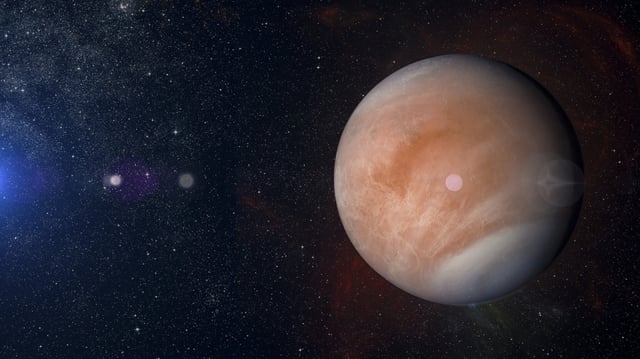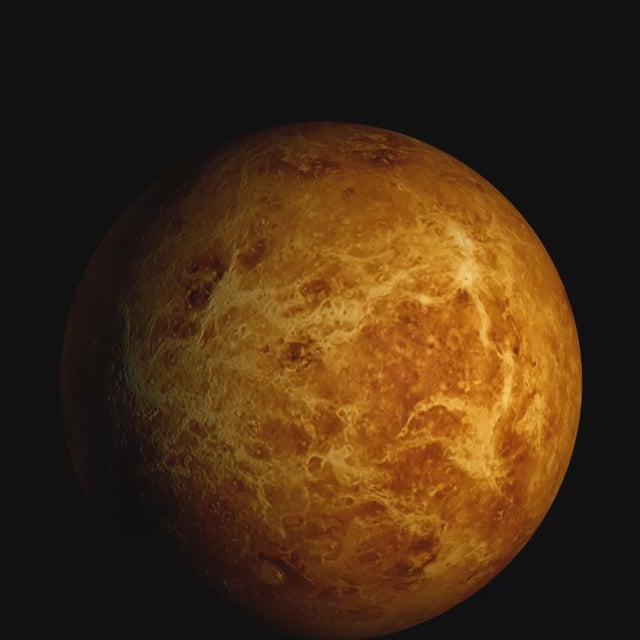Overview
- A peer-reviewed Astronomy & Astrophysics study led by UNESP models a sizable population of low-eccentricity Venus co-orbitals that are effectively invisible to routine ground-based searches at low solar elongations.
- Only 20 Venus co-orbital asteroids are currently cataloged and nearly all have eccentricities above 0.38, a distribution the authors attribute to observational bias rather than true scarcity of rounder orbits.
- Long integrations and analytical modeling show these objects switch configurations on ~12,000-year cycles, with some simulations reaching vanishingly small Earth-approach distances that indicate impact probabilities on millennial timescales.
- Hidden members of this population could be roughly 300 meters across, releasing hundreds of megatons and excavating 3–4.5 kilometer craters if they struck Earth.
- The team finds ground programs, including the Vera Rubin Observatory, would catch such objects only in brief one-to-two week windows, reinforcing the need for space telescopes like NASA’s NEO Surveyor and the proposed CROWN mission to watch near the Sun.



